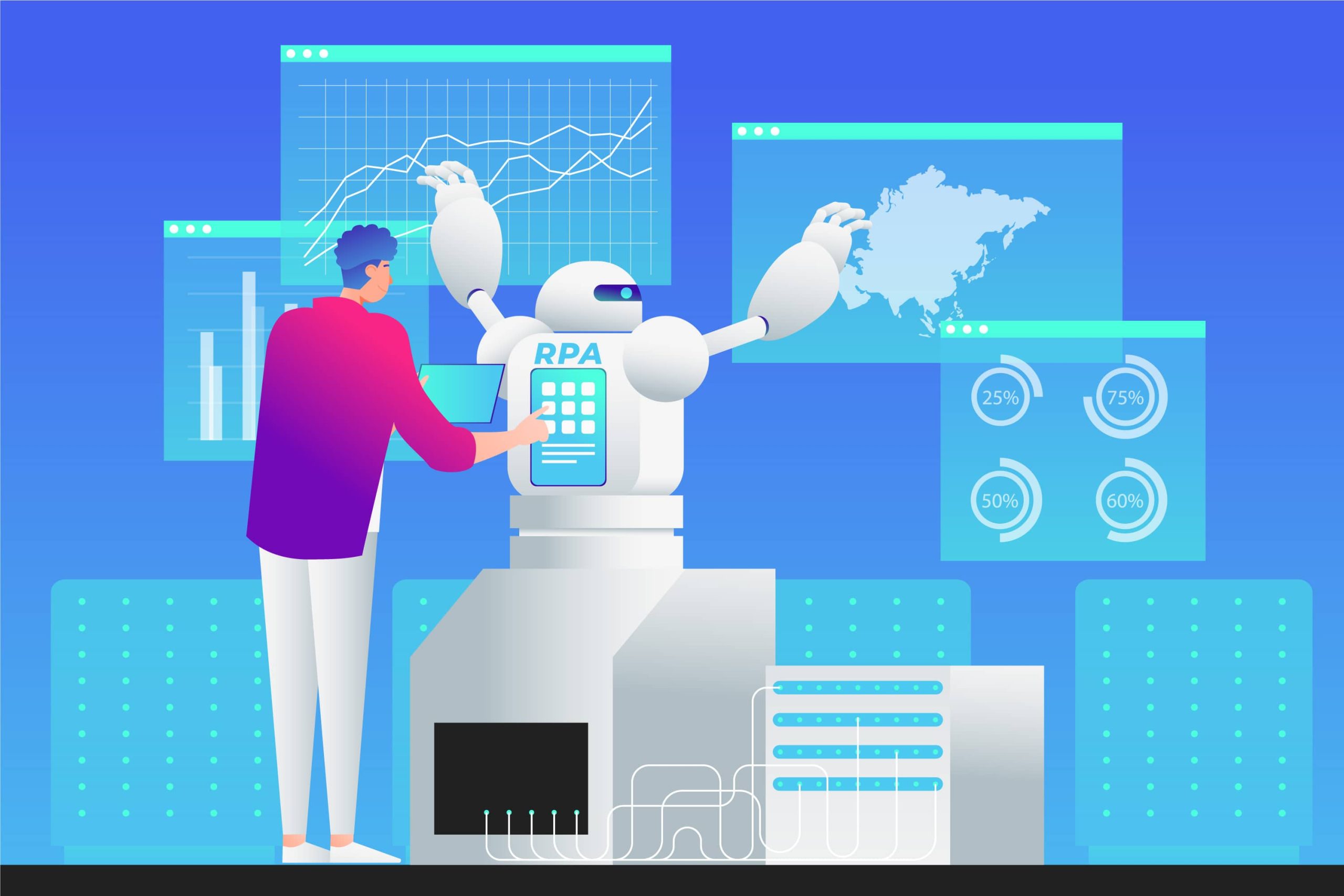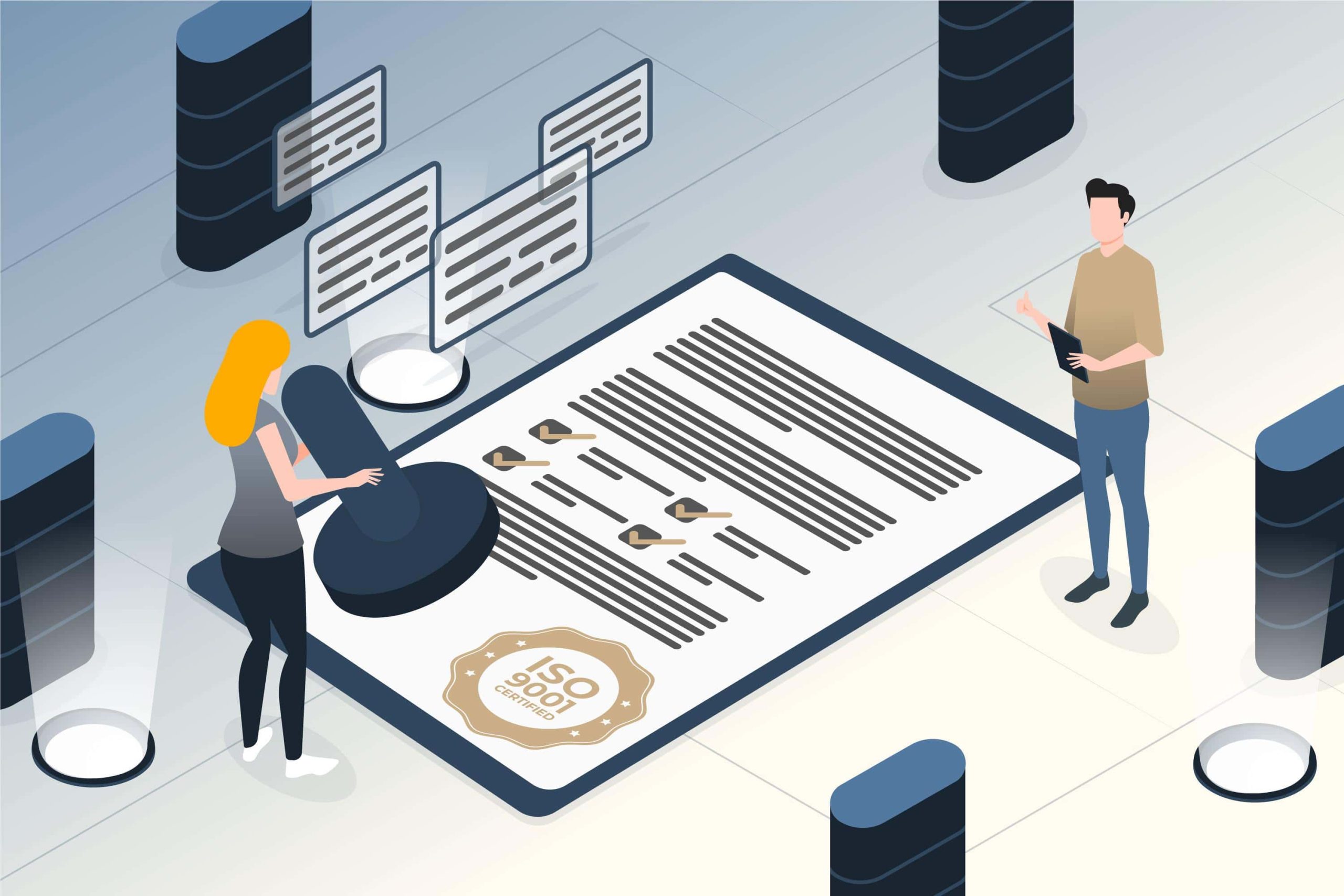Unlocking the Power of Document Understanding in UiPath
In today’s fast-paced world, businesses handle a plethora of documents daily. From invoices and receipts to contracts and emails, the sheer volume can be overwhelming.
Enter UiPath’s Document Understanding—a powerful tool designed to simplify and streamline the data extraction process across various document types and formats.
What is Document Understanding in UiPath?
Document Understanding in UiPath is an advanced capability that leverages multiple approaches and techniques to extract and process data from diverse document types.
It aims to create a seamless workflow for data extraction, regardless of the document’s source or format.
This innovation is pivotal for organizations seeking to automate their document processing tasks efficiently.
Why Choose UiPath Document Understanding?
Choosing the right approach for Document Understanding in UiPath is crucial. Here are some best practices:
- Identify Document Types: Start by categorizing documents (invoices, contracts, etc.) to tailor the extraction process.
- Use Pre-trained Models: Leverage UiPath’s pre-trained models for common document types to save time.
- Custom Models: For unique documents, consider training custom models to improve accuracy.
- Continuous Learning: Implement a feedback loop to enhance model performance over time.

Key Benefits of Implementing Intelligent Document Understanding
Implementing UiPath Document Understanding brings several advantages:
- Accuracy: Enhanced precision in data extraction, reducing manual errors.
- Efficiency: Accelerates processing times, allowing for faster decision-making.
- Scalability: Handles large volumes of documents effortlessly.
- Cost Savings: Reduces operational costs associated with manual data entry.
A Promising Start: Building the Foundation
Getting started with Document Understanding involves setting up a robust framework. Here’s how to build a strong foundation:
- Document Understanding Framework: This framework integrates various components to process and extract data seamlessly.
- Intelligent OCR Activities: Utilize OCR (Optical Character Recognition) to convert different document types into machine-readable text.
- Working with Taxonomies: Define taxonomies to classify and extract relevant data points accurately.
Diving Deeper: The Process in Detail
Let’s delve into the specific components and steps involved in the Document Understanding process:
- Digitizing Scanned and Native Documents: Convert physical documents into digital formats using OCR technology.
- Document Classification: Automatically categorize documents to ensure the correct processing pathway.
- Data Extraction: Extract key information using pre-defined templates or machine learning models.
- Validation Station: A human-in-the-loop approach to validate and correct extracted data.
- Feedback Loop: Continuously improve the system’s accuracy through user feedback and machine learning.
Recommended to Read:
RPA Lifecycle: Ultimate Guide for UiPath Development Success
Validate and Verify datatables in Web application using RPA UiPath
Automating Invoice Validation: Leveraging UiPath for Outlook Email Data

Additional Key Steps and Methods in Intelligent Document Understanding
To further enhance your understanding and implementation of UiPath Document Understanding, consider the following additional steps and methods:
Data Extraction Methods:
Employ various techniques for data extraction:
- Template-Based Extraction: Best for structured documents with fixed layouts.
- Machine Learning-Based Extraction: Ideal for semi-structured or unstructured documents where patterns vary.
Combines template-based and machine learning techniques for greater flexibility and accuracy.
Learn how to manage different formats such as PDFs, images, and scanned documents to ensure compatibility and efficiency.
-
Preprocessing Steps: Implement preprocessing steps like noise reduction, skew correction, and text normalization to enhance OCR accuracy.
-
Role of AI and Machine Learning: Leverage AI and machine learning for better context understanding and to handle complex documents. NLP can be particularly useful for extracting meaning from text.
-
Integration with Other Systems: Ensure seamless integration with other enterprise systems like ERP, CRM, and databases to create a unified and automated workflow.
-
Security and Compliance: Prioritize data security and compliance with regulations such as GDPR to protect sensitive information during the Document Understanding process.
-
Continuous Improvement with AI: Use AI-driven continuous improvement cycles to adapt to new document types and enhance accuracy over time. This involves retraining models based on new data and user feedback.
Need Help with Your Document Understanding Tasks?
Struggling with a complicated task in your Document Understanding process? You don’t have to navigate these challenges alone.
Whether it’s fine-tuning data extraction methods, integrating with enterprise systems, or ensuring compliance with regulations, expert support can make all the difference.
Reach out for tailored assistance to complete your tasks efficiently and on time. Leverage professional guidance to overcome technical hurdles and ensure your Document Understanding implementation is a success.
Your next breakthrough is just a step away—connect now to get the help you need. Get RPA UiPath Technical Job Support from Industry Expert
Conclusion:
Document Understanding in UiPath offers a comprehensive solution for automating data extraction from various document types.
By following best practices and leveraging the powerful tools within UiPath, businesses can achieve significant efficiency gains and cost savings.
This innovative approach not only simplifies document processing but also enhances data accuracy, making it an indispensable tool for modern enterprises.
Unlocking the Power of UiPath AI Units
Automating Invoice Validation: Leveraging UiPath for Outlook Email Data
Best RPA Training using UiPath – RPA Certification Course from basic to advanced level training.
Related Articles
Prompt Engineering with Guardrails: Safety-First Design for LLMs
Prompting Is More Than Just Chatting with AI When most people think of using AI, they imagine chatting with a bot. But under the hood, what truly...
Semantic Search Optimization (SSO): The Missing Link in AI-Driven SEO
Almost every SEO thread today is echoing the same tune—"SEO is Dead", and the future belongs to AEO and GEO. You're probably resharing, discussing,...
Why Learning AI SEO Still Matters – Master Future-ready SEO Course
Let’s be honest. If you’ve been thinking about learning SEO in 2025, you’ve probably run into the same noise everywhere: “SEO is dead.” “Google...
Live Workshop on AI-Powered SEO – LLM Optimization Strategies and Tricks
Search has changed. Has your SEO strategy? This exclusive Live Workshop on AI-Powered SEO gives you the tools, tactics, and real-time practice to...
A Python Developer’s Guide to Getting Technical Support with Generative AI
A Python Developer’s Guide to Getting Technical Support with Generative AI and LangChain, GPT-4 APIs Tasks Building with Generative AI is exciting....
Behind the Scenes: How Expert Python Developers Handle LLMs, AI Automation Tasks
The rise of Generative AI (GenAI) has revolutionized how we build intelligent systems. Behind every polished AI chatbot, automated knowledge...
